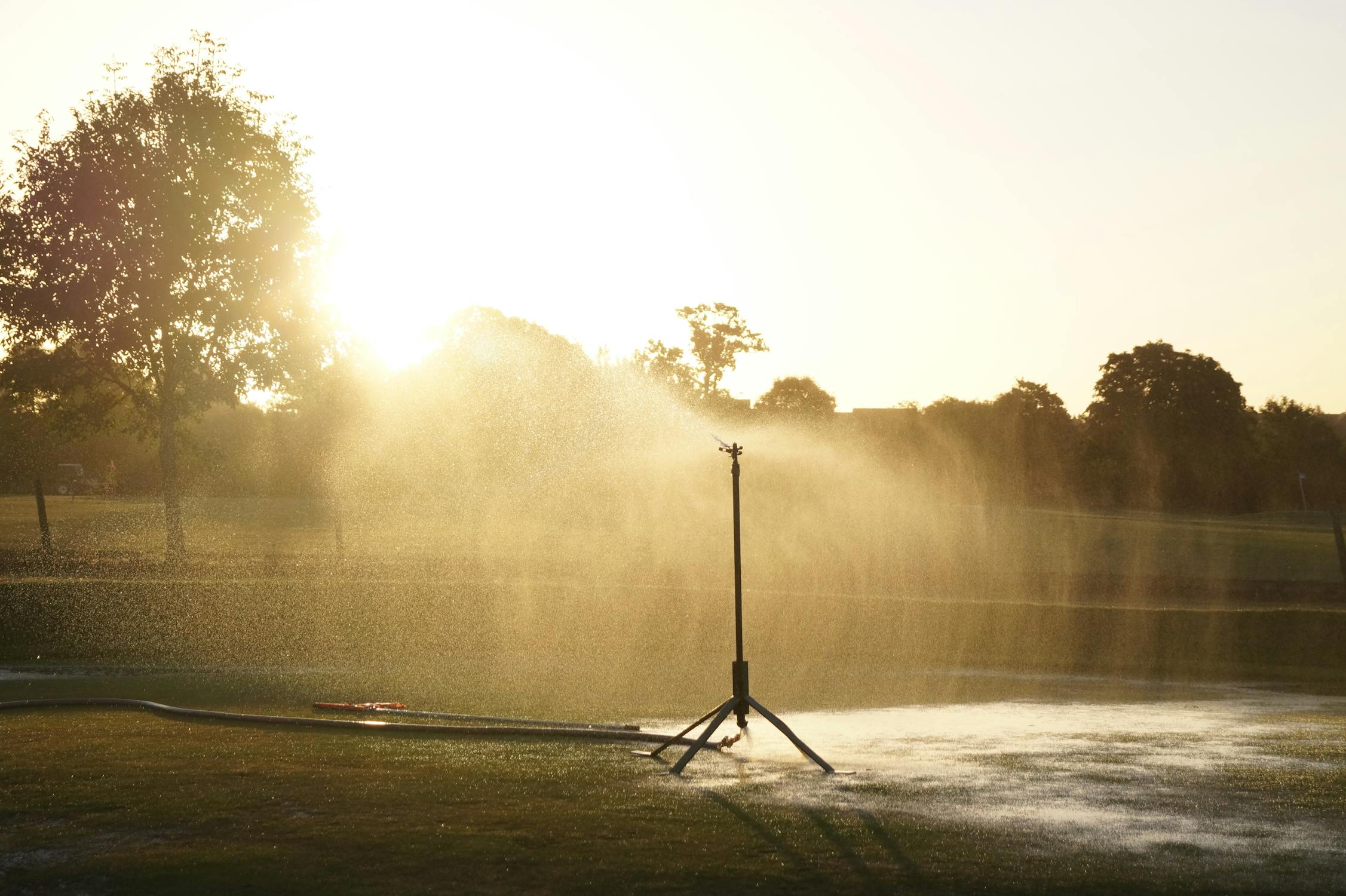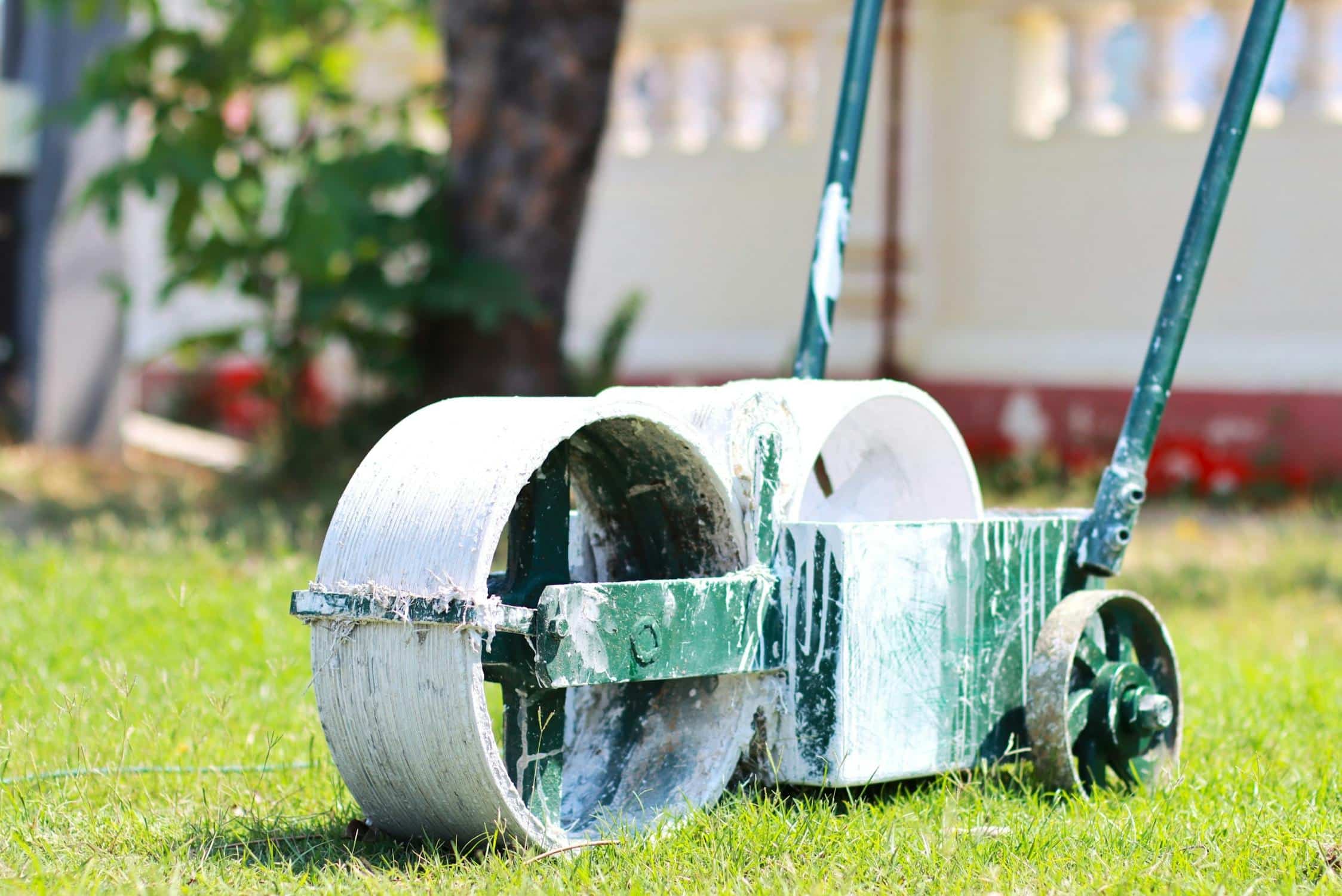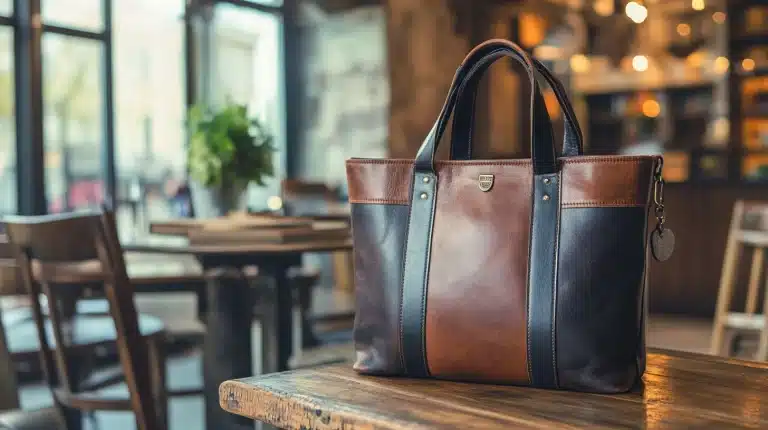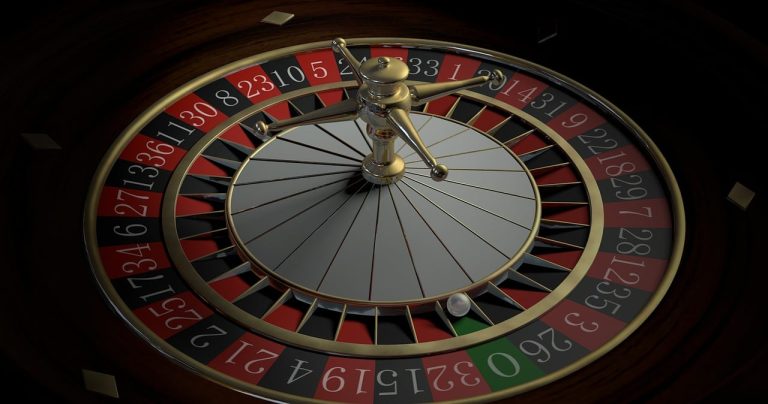Grass vs. Artificial Turf: The NFL’s Greenery Headache

Table of Contents
The pursuit of the perfect lawn isn’t just something that thrills HOAs. Outdoor sport is united in its need for grass. There’s a schism unfolding, however. NFL stadiums are split half-and-half on using real turf vs. artificial turf, as research settles on which surface is the best to play on.
Plastic Counterparts
Ground maintenance is an art form. In the UK, where 92 soccer grounds are occupied most weekends, it’s a $1bn industry. The Guardian once described the country as the “Silicon Valley of turf”. Crossing sports, to tennis, ABC notes that the two weeks of the Wimbledon Championships require year-round commitment.
Horse racing arguably has a harder task, given the length of some courses. The home of the Grand National, Aintree, must keep its surfaces “on the softer side of Good” with careful watering. The greenery all adds to the spectacle. Of course, here in the US, races like the Kentucky Derby take place on dirt, yet the sport’s star is just as bright. American horseracing inspired Betfair’s Derby Wheel casino game, which melds virtual horses with a traditional slot game – all without the risk of holes in the turf.
Ninety-two percent of athletes prefer real grass, according to the NFL Players Association, a figure at odds with the number of grass stadiums compared to their plastic counterparts. So, why can’t the NFL agree on what to carpet its venues with?
Aaron Rodgers
Returning to comments from the NFLPA, the Association does not like the presence of synthetic turf in the nation’s stadia, citing a preponderance of injuries among those it represents. A recent example involves the New York Jets’ Aaron Rodgers. The 41-year-old tore his Achilles tendon on his debut in the northeast. Of course, it’s difficult for anybody to prove that the same wouldn’t have happened on real grass – but coincidences don’t make good headlines.

So, the NFLPA’s crusade to ban turf rumbles on. The question is – are they right? A 2023 article published in the American Journal of Sports Medicine concluded in the affirmative. Between 1972 and 2020, players of various sports, including football, soccer, and rugby, were more likely to injure their feet or ankles on a synthetic surface. A separate study put the difference into numbers, suggesting 319 extra injuries in the four years from 2012 to 2016.
FieldTurf
There’s another question to ask. Why is the NFL stuck on synthetic? While noting an increase in safety between older AstroTurf and newer FieldTurf, the official NFL website describes artificial turf as “faster”, leading to more dramatic games.
Other answers are much more mundane. Artificial grass is cheaper, easier to maintain, and weather resistant. It also “grows” in places where grass doesn’t, like Houston, Texas, the site of the first AstroTurf field.
Grass is adaptable, though, and support for natural fields is growing in the United States. A Guardian article about groundskeeping in UK soccer hinted at new breeds of grass that look greener and can grow in the shade.
This isn’t quite as dramatic an innovation as making individual blades as tough as plastic, as in the case of synthetic grass, but the fact that natural grass breaks readily is significant in keeping injuries to a minimum.
The NFL’s 50/50 split on grass looks likely to remain for some time yet.






